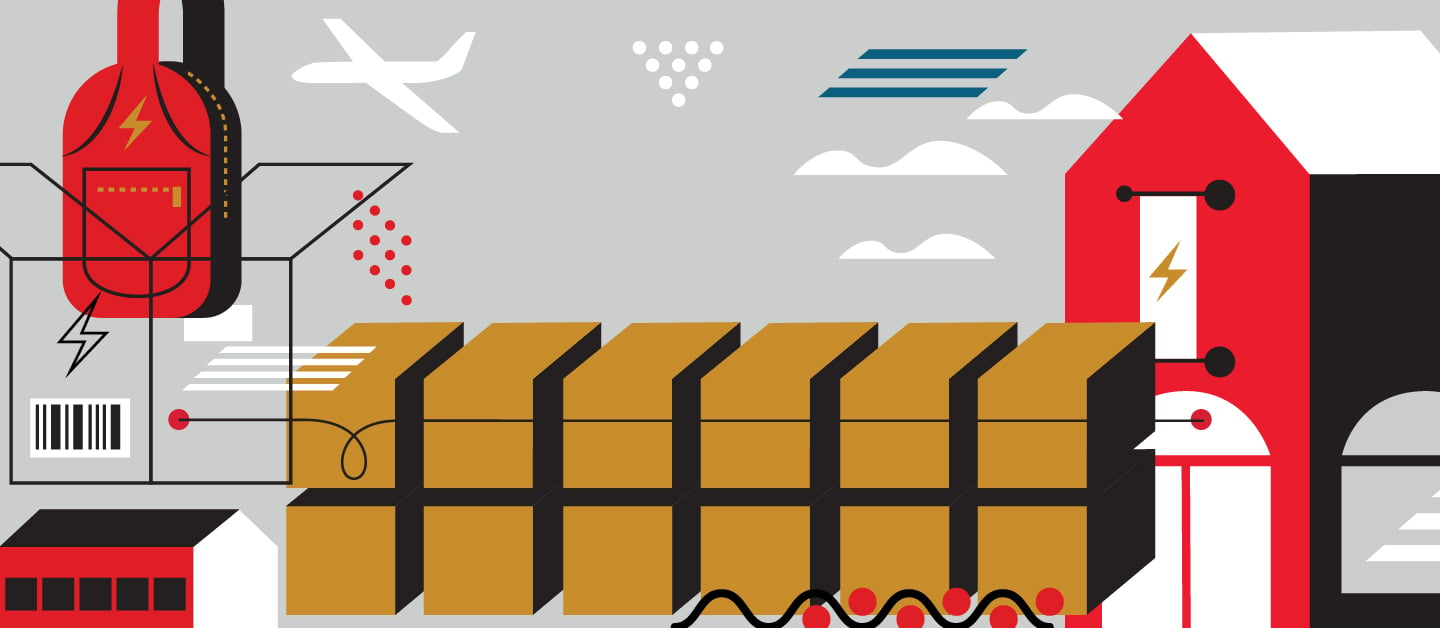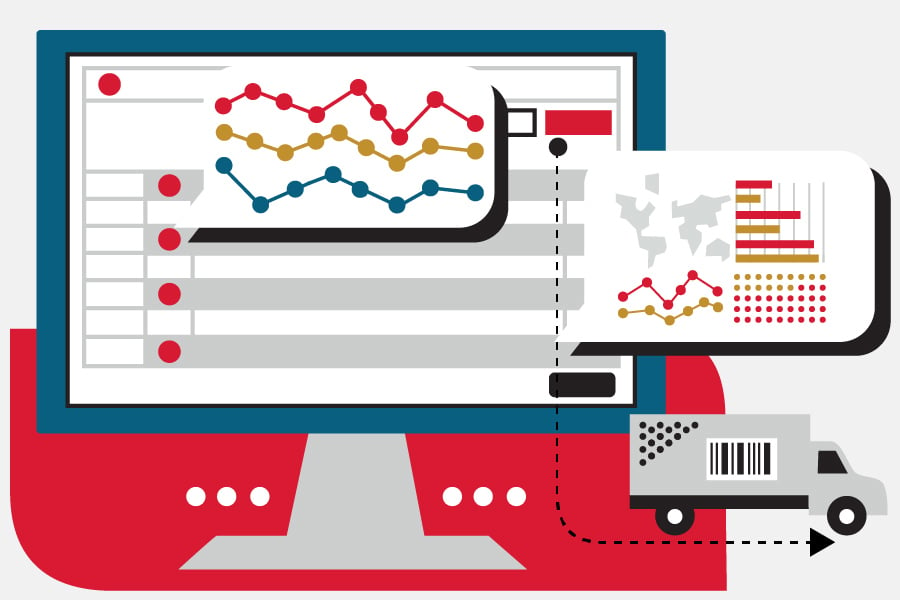RyderShip™ is the ultimate e-commerce fulfillment software built by Ryder and designed to integrate smoothly with your existing e-commerce technology. It streamlines the process of turning orders into shipped packages. RyderShip™ serves as a centralized command center, offering control over various aspects of your business operations. This includes order management, inventory tracking, order status tracking, returns management, and more, allowing you to efficiently oversee and manage multiple aspects of your business within a single platform.
Logistics
Warehousing & Fulfillment
Transportation
E-commerce
E-commerce Fulfillment Services
Lease & Maintenance
Semi Trucks
Supply Chain Technology
Logistics
E-commerce
Lease & Maintenance
Buy Used Trucks




